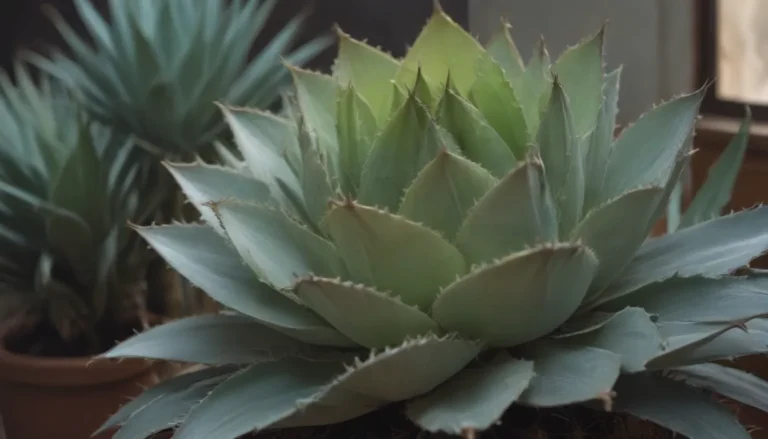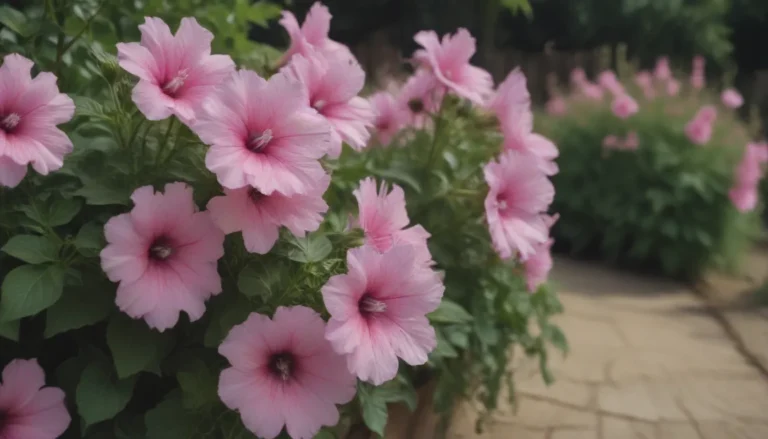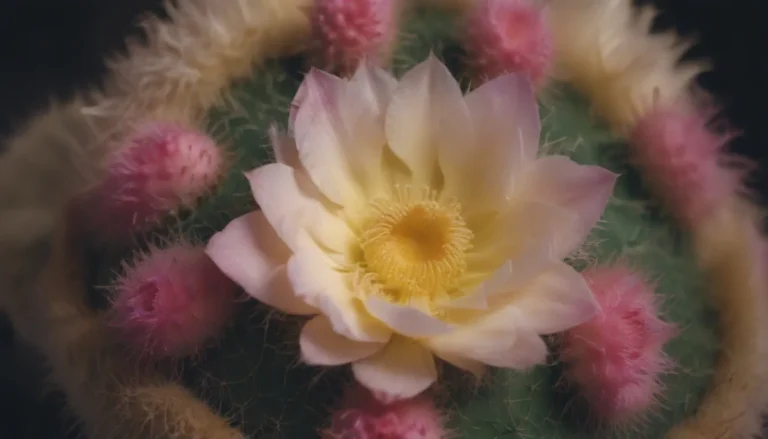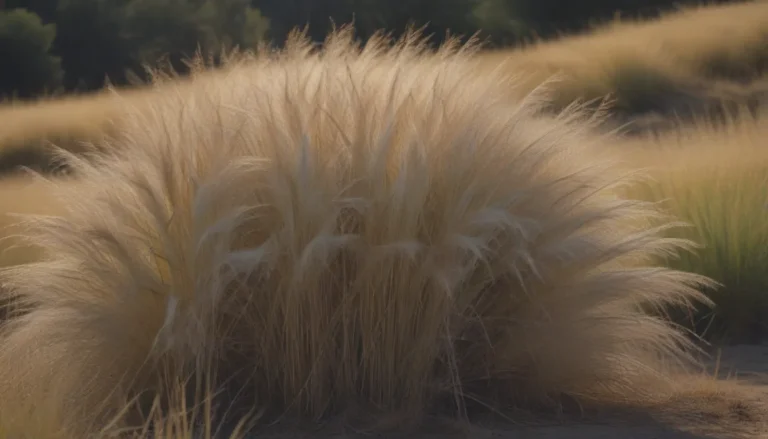A Comprehensive Guide to 21 Hedge Shrubs That Will Beautify Your Garden Year-Round

A hedge is more than just a boundary; it’s a dynamic living feature that adds texture, color, and privacy to your outdoor space. Whether you’re looking for purely decorative options or practical elements like privacy screens and windbreaks, the right hedge shrub can transform your garden. In this guide, we will explore 21 hedge shrubs that will last year-round and give you beautiful blooms.
What are Hedge Shrubs?
Hedges are living walls made up of plants that can serve both practical and decorative purposes. They are typically composed of evergreen or deciduous shrubs that can be trimmed to precise sizes and shapes. While some hedges utilize flowering plants for added visual interest, others focus on densely growing and tall shrubs for privacy, security, and windbreaks.
Here are 21 hedge shrubs that will not only add beauty to your garden but also provide year-round interest and functionality:
1. Japanese Holly (Ilex crenata)
Japanese holly is a broadleaf evergreen shrub with small, glossy, oval leaves that resemble boxwood. It is easy to maintain, tolerating drought, severe pruning, pollution, and poor soil conditions. The decorative dark berries of Japanese holly add a showy statement to the garden.
- USDA Growing Zones: Varies
- Color Varieties: White flowers, dark berries
- Sun Exposure: Full sun to part shade
- Soil Needs: Well-draining soil
2. English Holly (Ilex aquifolium)
English holly is a large evergreen shrub that can serve as a privacy screen. Be cautious as its berries are toxic to humans and pets. With a slow growth rate, English holly is easy to maintain through occasional pruning to control size and shape.
- USDA Growing Zones: Varies
- Color Varieties: Green leaves, red berries
- Sun Exposure: Full sun to part shade
- Soil Needs: Well-draining soil
3. Barberry Bushes (Berberis thunbergii)
Barberry bushes are traditional choices for security hedges due to their sharp thorns. They feature bright red berries that persist through the winter, providing visual interest. Barberry bushes are low-maintenance and tolerant of various growing conditions.
- USDA Growing Zones: Varies
- Color Varieties: Green leaves, red berries
- Sun Exposure: Full sun
- Soil Needs: Well-draining soil
4. Boxwood Shrubs (Buxus)
Boxwood shrubs are popular hedge plants with a long history in European garden design. They require moderate water and annual fertilization once established. Boxwood hedges come in various sizes, from dwarf varieties to standard sizes, and are deer-resistant but toxic to pets.
- USDA Growing Zones: Varies
- Color Varieties: Green leaves
- Sun Exposure: Full sun to part shade
- Soil Needs: Well-draining soil
5. Mountain Laurel (Kalmia latifolia)
Mountain laurel is a broadleaf evergreen shrub that makes an excellent flowering hedge. It blooms from late spring to early summer with colorful flowers. Mountain laurel prefers loose acidic soil and partial shade for optimal growth.
- USDA Growing Zones: Varies
- Color Varieties: Pink flowers
- Sun Exposure: Part shade
- Soil Needs: Acidic, well-draining soil
6. Yew Bushes (Taxus)
Yew bushes are classic needle-bearing evergreen hedge plants that tolerate shade. Plant them in moist, well-draining soil and fertilize annually for best results. Yew bushes are toxic to humans and pets but only need occasional pruning to maintain shape.
- USDA Growing Zones: Varies
- Color Varieties: Green leaves
- Sun Exposure: Full sun to part shade
- Soil Needs: Well-draining soil
7. Lilacs (Syringa vulgaris)
Lilacs make beautiful flowering hedge plants with pretty flowers and a delightful scent. They have a moderate growth rate and can be planted in a line to form a natural hedge. Dwarf varieties are available for smaller spaces.
- USDA Growing Zones: Varies
- Color Varieties: Purple, pink, white flowers
- Sun Exposure: Full sun
- Soil Needs: Well-draining soil
8. Rose of Sharon (Hibiscus syriacus)
Rose of Sharon is a deciduous shrub often used in hedges for its continuous bloom. While invasive in some states, it can be a fast-growing option for flowering hedges. Check with your local extension service to ensure it is suitable for your area.
- USDA Growing Zones: Varies
- Color Varieties: Pink, white, purple flowers
- Sun Exposure: Full sun
- Soil Needs: Well-draining soil
9. Forsythia (Forsythia x intermedia)
Forsythia is an early blooming, fast-growing, flowering hedge shrub with bright yellow flowers that appear before the leaves in spring. Larger varieties can gain a couple of feet per year, while smaller varieties are available for compact hedges.
- USDA Growing Zones: Varies
- Color Varieties: Yellow flowers
- Sun Exposure: Full sun
- Soil Needs: Well-draining soil
10. Privet Hedges (Ligustrum)
Privet is a broadleaf shrub that produces small white flowers, though not a significant selling point. Evergreen varieties may not be suitable for all hardiness zones, so check with your local extension service before planting. Privet is toxic to pets but generally easy to grow.
- USDA Growing Zones: Varies
- Color Varieties: Green leaves, white flowers
- Sun Exposure: Full sun to part shade
- Soil Needs: Well-draining soil
11. Azaleas (Rhododendron x Gable Stewartstonian)
Azaleas are versatile shrubs that can be evergreen or deciduous with abundant, showy flowers in various colors. Choose a variety that suits your climate and growing conditions for the best results. Azaleas are toxic to people and pets.
- USDA Growing Zones: Varies
- Color Varieties: Pink, red, purple flowers
- Sun Exposure: Part shade
- Soil Needs: Acidic, well-draining soil
12. Arborvitae (Thuja)
Arborvitae shrubs are popular evergreen hedge plants known for their dense growth habit that makes excellent privacy screens and windbreaks. With various sizes, shapes, and colors available, arborvitae like ‘North Pole’ and ‘Emerald Green’ are suitable for most landscapes.
- USDA Growing Zones: Varies
- Color Varieties: Green
- Sun Exposure: Full sun to part shade
- Soil Needs: Well-draining soil
13. Camellia (Camellia spp.)
Camellias are prized for their large, colorful blooms that can last up to five months, depending on the variety and climate. This evergreen hedge plant prefers warmer climates and requires proper care to thrive. Choose from over 100 species and cultivars for your garden.
- USDA Growing Zones: Varies
- Color Varieties: Various colors
- Sun Exposure: Part shade
- Soil Needs: Well-draining soil
14. Pyracantha (Pyracantha coccinea)
Pyracantha is a hardy shrub known for its brightly colored berries that last through winter, as well as white flowers in the spring. This shrub tolerates various soil types and temperatures and grows quickly, making it an excellent choice for privacy and decoration.
- USDA Growing Zones: Varies
- Color Varieties: Red, orange berries
- Sun Exposure: Full sun
- Soil Needs: Well-draining soil
15. Ninebark (Physocarpus opulifolius)
Ninebark is a fast-growing flowering shrub available in various sizes for different hedge options. With pink or white blooms in late spring and adaptable to various growing conditions, ninebark is a versatile choice for both formal and informal hedges.
- USDA Growing Zones: Varies
- Color Varieties: Pink, white flowers
- Sun Exposure: Full sun to part shade
- Soil Needs: Well-draining soil
16. Viburnum (Viburnum spp.)
Viburnums, including the European, Chinese, and Japanese types, are popular for their showy white flowers resembling snowballs. These shrubs attract pollinators and offer wildlife food sources with their berries. Choose varieties suitable for hedges, which can grow to about 12 feet tall and wide.
- USDA Growing Zones: Varies
- Color Varieties: White flowers, berries
- Sun Exposure: Full sun to part shade
- Soil Needs: Well-draining soil
17. Flowering Quince (Chaenomeles speciosa)
Flowering quince is a deciduous shrub that blooms brightly colored flowers in early spring. Prune regularly to maintain its appearance and remove suckers. This long-lived plant thrives in full sun and fertile, well-draining soil.
- USDA Growing Zones: Varies
- Color Varieties: Various colors
- Sun Exposure: Full sun
- Soil Needs: Well-draining soil
18. Euonymus (Euonymus)
Euonymus shrubs come in deciduous or evergreen varieties, with cultivars featuring variegated foliage for added visual interest. Low-maintenance and adaptable to different soil types, euonymus is an excellent choice for hedges and screens.
- USDA Growing Zones: Varies
- Color Varieties: Variegated foliage
- Sun Exposure: Full sun to part shade
- Soil Needs: Well-draining soil
19. Glossy Abelia (Linnaea x. grandiflora)
Glossy abelia is a vibrant shrub known for its dark-green leaves tinged with red and pink, as well as bell-shaped flowers that bloom all season long. Available in evergreen or deciduous varieties, glossy abelia is versatile for borders and hedges.
- USDA Growing Zones: Varies
- Color Varieties: Pink, red flowers
- Sun Exposure: Full sun to part shade
- Soil Needs: Well-draining soil
20. Hawthorn (Crataegus spp.)
Hawthorns are small deciduous trees or shrubs with glossy dark green leaves and abundant small flowers in spring. Some varieties feature sharp thorns, serving as effective deterrents for unwanted visitors. Look for thornless cultivars for areas with high foot traffic.
- USDA Growing Zones: Varies
- Color Varieties: Red, pink, white flowers
- Sun Exposure: Full sun
- Soil Needs: Well-draining soil
21. Oleander (Nerium oleander)
Oleander is a blooming evergreen hedge popular in southern landscapes for its long-lasting, fragrant floral display. It thrives in porous, slightly alkaline soil and warm, humid climates. Remember to wear protective clothing when handling oleander, as it is toxic to humans and pets.
- USDA Growing Zones: Varies
- Color Varieties: Various colors
- Sun Exposure: Full sun
- Soil Needs: Well-draining soil
Establishing and Maintaining Your Hedge
- Spacing: Depending on the type of plant, hedges should be spaced approximately 18 to 36 inches apart for optimal growth.
- Watering: Newly planted hedges may require watering once or twice a week, while established hedges generally need watering once a week or every other week. Adjust based on plant species and environmental conditions.
- Pruning: Trim hedges at least two to three times a year to maintain shape and encourage healthy growth. Some plants may require more frequent trimming.
In conclusion, selecting the right hedge shrub for your garden can enhance its beauty and functionality. These 21 hedge shrubs are just the beginning of the possibilities available to you. Whether you choose to create a formal border, a natural windbreak, or a blooming privacy screen, investing in the right hedge plants will provide year-round enjoyment and value to your outdoor space. Remember to consider your local climate, soil conditions, and maintenance requirements when selecting hedge shrubs for your garden. Happy planting!





